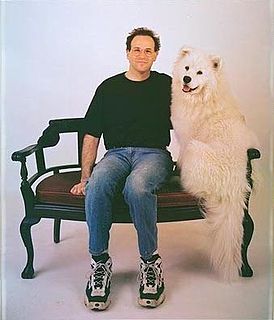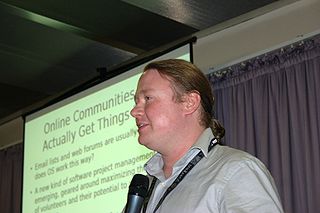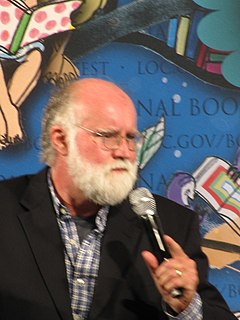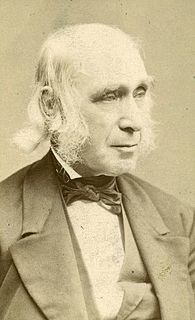A Quote by Edward Tufte
The most common user action on a Web site is to flee.
Related Quotes
Campaign analysts say that Dean has produced the most innovative web site in this year's presidential race. I particularly like today's blog, which consisted of the sentence 'I hate myself,' typed four billion times. In Dean's case, this may be the first instance where the actually entity represented by the web site has crashed more often than the site did.
Start by putting yourself in your users' shoes. Why are they coming to your site? If you look at most Web sites, you'd presume that the answer is "User is extremely bored and wishes to stare at a blank screen for several minutes while a flashing icon loads, then stare at the flashing icon for a few more minutes."
I'm not of the opinion that all software will be open source software. There is certain software that fits a niche that is only useful to a particular company or person: for example, the software immediately behind a web site's user interface. But the vast majority of software is actually pretty generic.



































